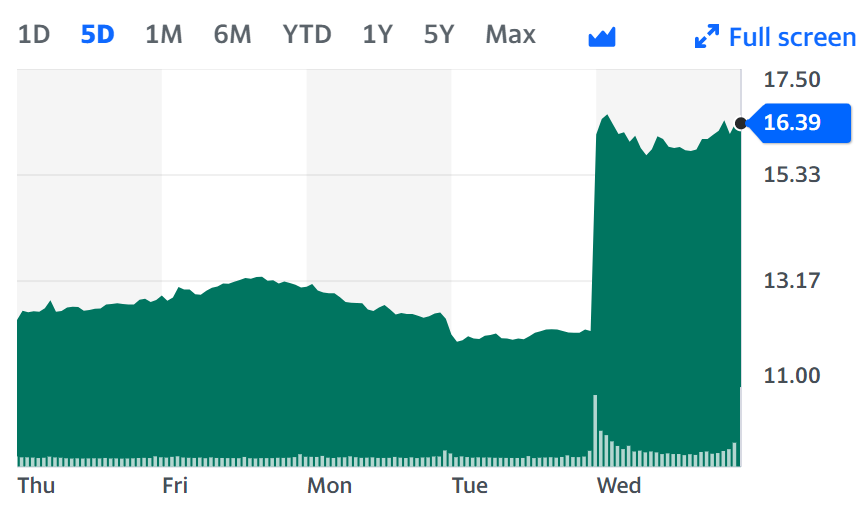Chick-fil-A's New "Chicken Commitment"
/Chick-fil-A had a difficult announcement to make, changing its No Antibiotics Ever (NAE) policy to some antibiotics. Students can analyze the message for its audience focus, persuasive strategies, and issues of integrity.
The message begins with the reason: “To maintain supply of the high-quality chicken you expect from us.” The opening implies that, without this new strategy, consumers might not get good chicken, setting the reader up to agree with whatever the company needs to meet that standard.
The change is right up front: from no antibiotics to some. Although this is jarring at first—“No Antibiotics Ever (NAE)” is quite a “commitment”—the message is clear. Chick-fil-A admits and focuses on the change. Maybe the NAE plan wasn’t realistic to begin with. They could say more explicitly that NAE was established in 2014, and new threats require reevaluating the policy.
But the message audience is likely not consumers. The acronyms NAE and NAIHM mean something only to Chick-fil-A and industry insiders. I wonder how much consumers even care about the decision. Do they choose Chick-fil-A because they don’t (or haven’t until now) used antibiotics in the chicken, or do they go because it tastes good, and they like the service, speed, or fries and other sides?
Regardless, the frame is now about “restricting the use of those antibiotics that are important to human medicine”; in other words, only the necessary kinds for chicken. The focus is on limiting, and the message downplays that yes, they will now use antibiotics. They also don’t explain the difference between human medicine and other animal antibiotics. In this Northeastern University article, a food expert describes concerns about using any antibiotics and calls the move a “dangerous precedent for other food companies to follow.” He also challenges Chick-fil-A’s focus on supply and says the decision is, no surprise, really about profits:
They’re saying that the availability of the supply is not there; it is there, apparently. It’s just the availability at the price point they’re willing to pay is not there to maintain their profit margins. When they’re trying to defend their actions, they’re not talking about science and medicine and health.
The message raises issues of integrity because of what’s missing—lying by omission. Without more explanations, the company fails to acknowledge the potential downsides of the decision and focuses on restrictions instead of actual use. And yet, this is what we expect companies to do: to present themselves in the best possible light.
After the introduction shown above, the message identifies three short explanations about quality, animal well-being, and continuous evaluation. I admire Chick-fil-A’s candor in lines like this: “Like other chicken in the United States, ours contains no added hormones.” They’re not trying to distinguish themselves. On the contrary, the entire message, with large font, is so short and colorful that the words draw little attention.


















